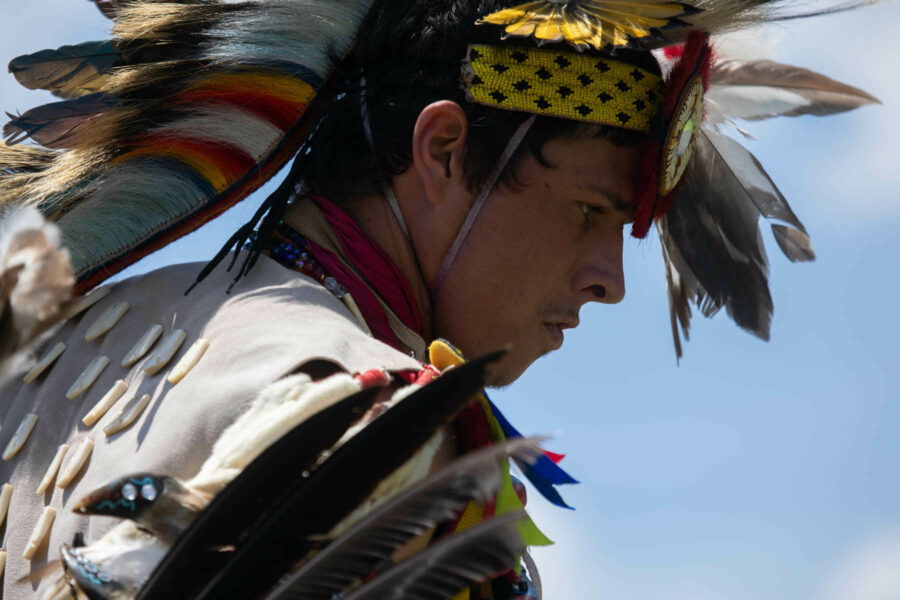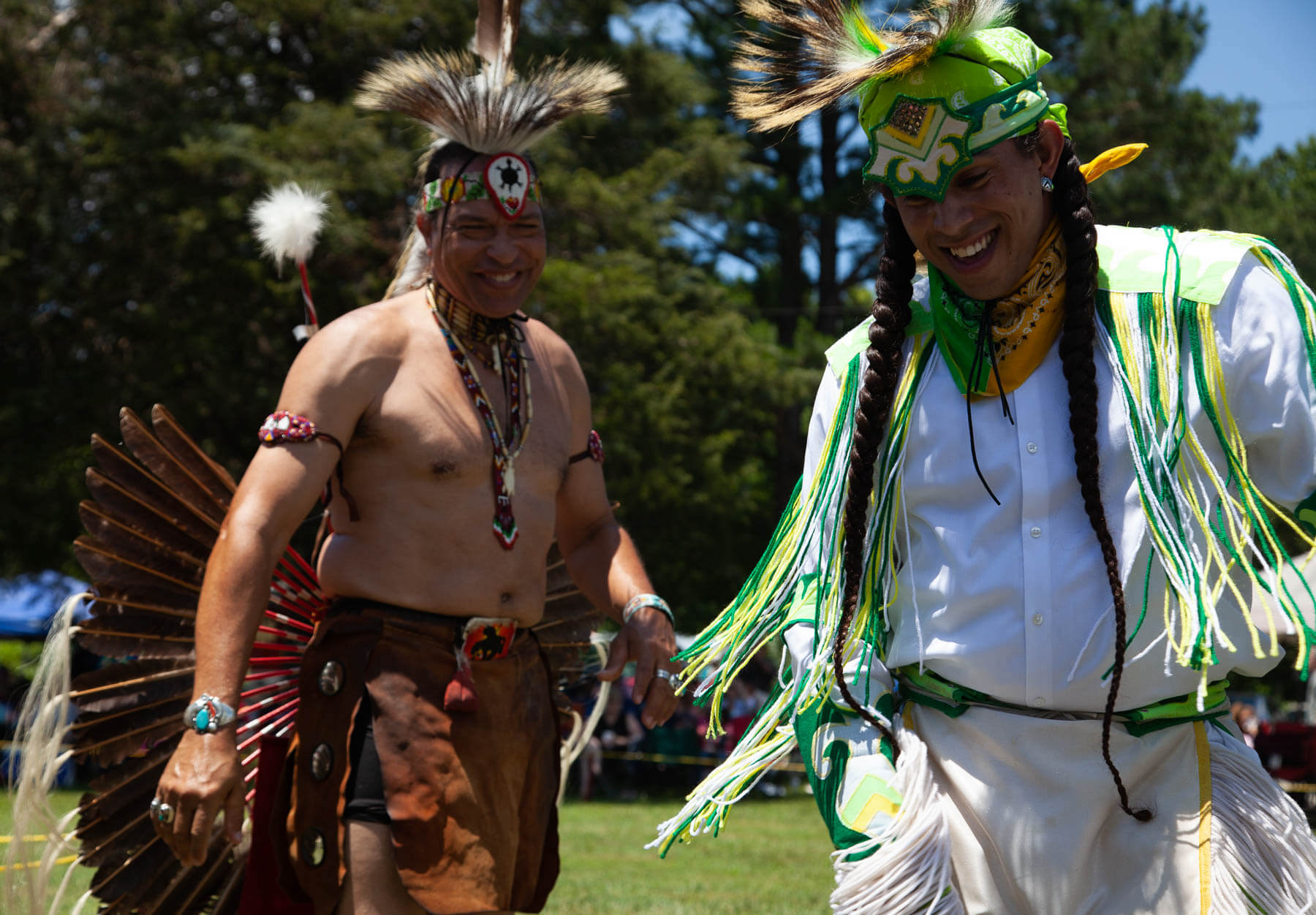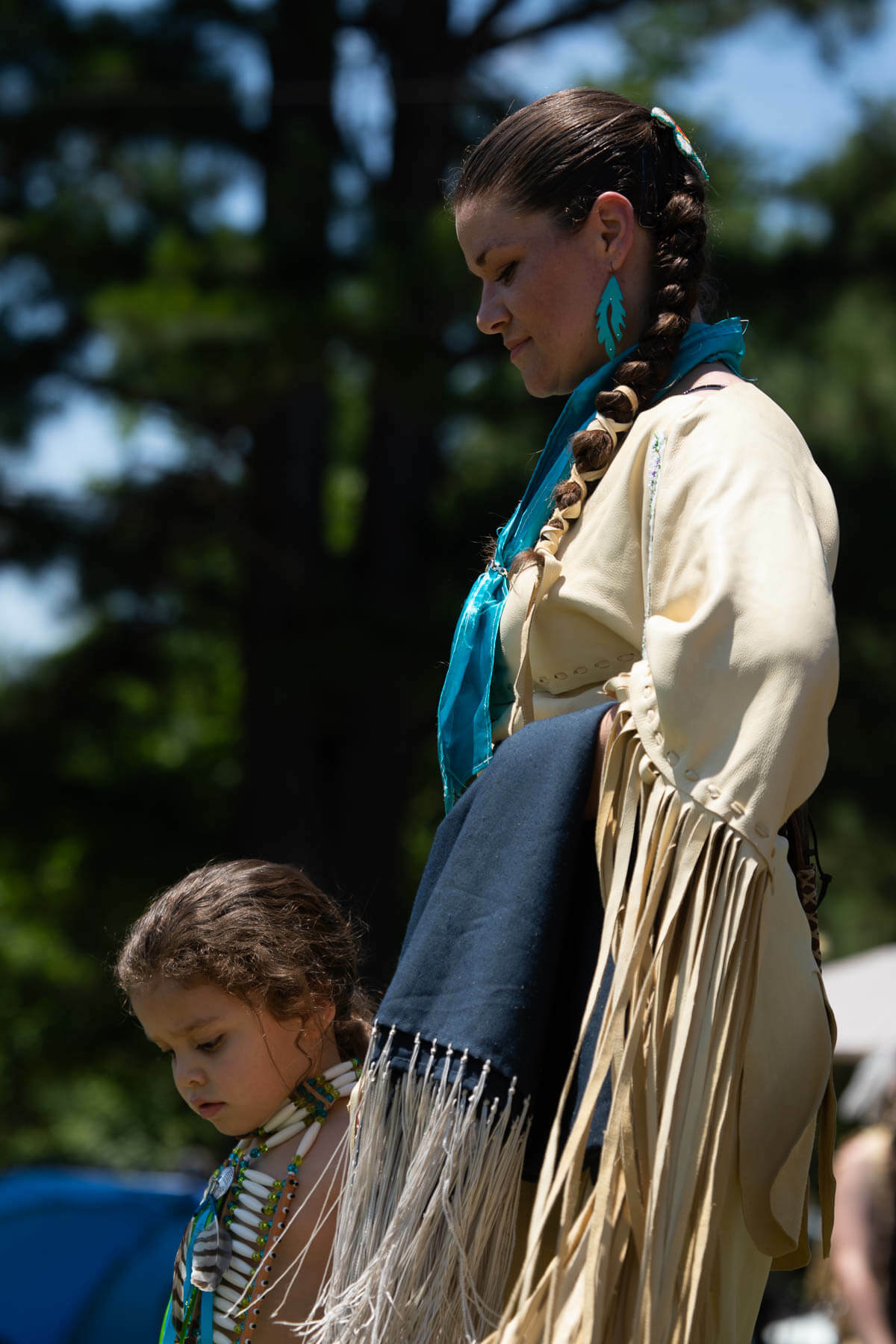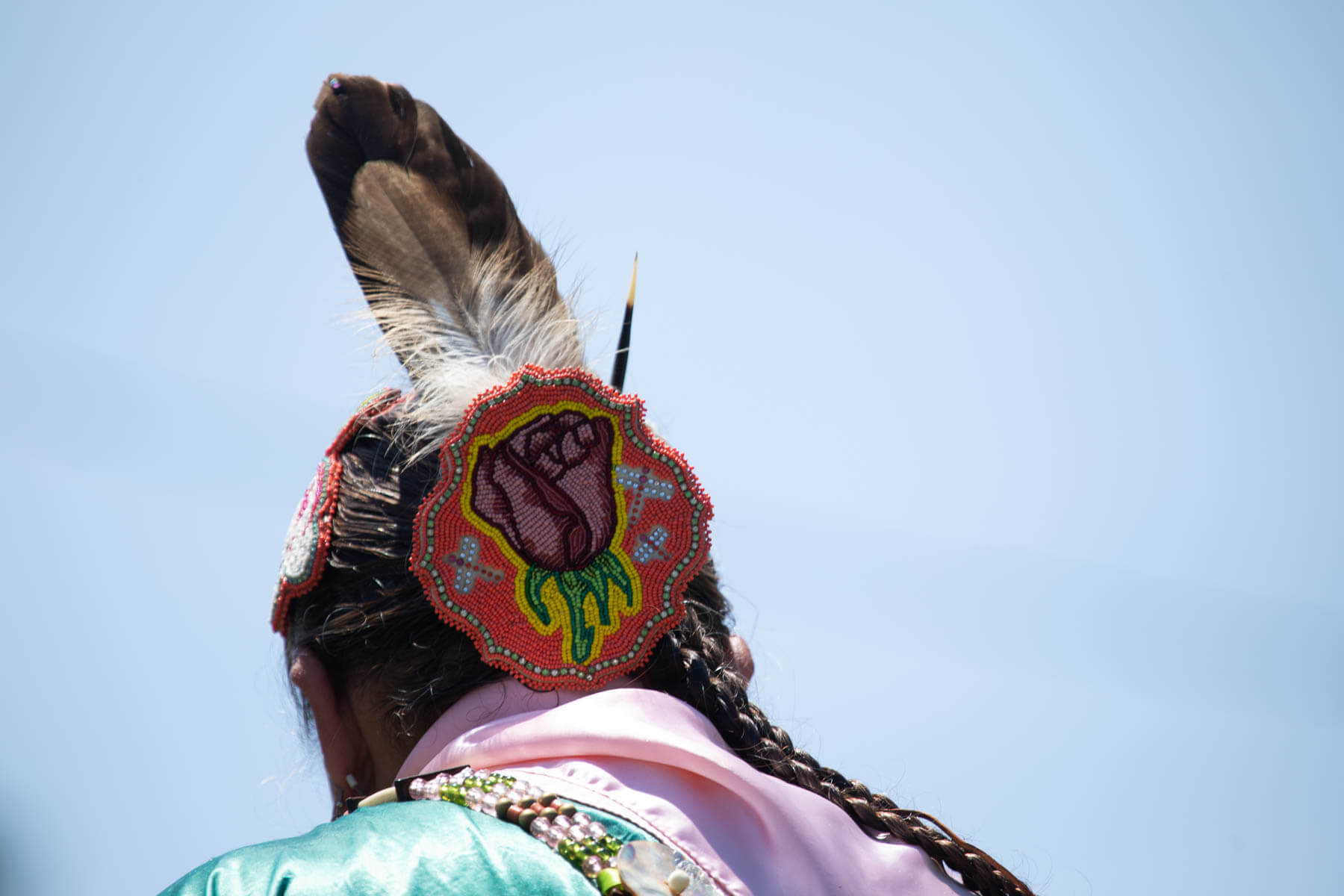Preserving culture through dance

On June 16, the Mattaponi people held their 23rd annual Indian Tribal Pow-Wow on the Mattaponi Indian Reservation in King William County, Va. The day was filled with vendors, colorful regalia, native foods and, of course, dance.
Powwows are traditionally for members of various tribal groups to gather and compete, but the Mattaponi specifically welcome non-native peoples to join for both entertainment and education.
While the Mattaponi Reservation was created by a land grant in 1658, many locals aren’t aware that there is an American Indian tribe in their area. By inviting the public, the Mattaponi are opening their doors for people to explore their culture, as a way to foster community and understanding.

Chief Mark Custalow, who restarted the Mattaponi powwow 23 years ago with the help of cousins, is the great-grandson of the original creator of the powwow.
“[It’s] a tradition that was almost lost so we brought it back to the reservation,” Custalow said.
The day featured several difference dances; before each one, the master of ceremonies explained the history of the dance, since each told a different story and carried cultural significance. During the women’s jingle, women wore dresses adorned in snuff can lids rolled into cones to create the signature noise of this healing dance.

Intertribal dances featured people of all ages and nations together in the circle to dance. Women danced with short steps and deep knee bends, recognizing the drum with each honor beat while the men were swift, their movements telling stories of hunts and histories.
When asked why bringing back the powwow was important to him and his community, Custalow explained that, beyond family tradition, it is also a way to teach their community members about their culture.
The powwow, Custalow said, means that the Mattaponi are “not forgetting who we are, and not letting the children forget.” The community also holds language programs and creates spaces to teach traditional pottery and beadwork skills to their youth, but the powwow is their premier event to showcase their culture.

Beyond just dancing, he noted that the powwow is also about engaging the non-native community, and teaching them that American Indians are still here and practicing traditional ways of life.
Coming onto the Mattaponi Reservation, you see homes and children playing, as you would in any other community. Just by entering the reservation, people are able to start breaking down stereotypes of what it means to be an American Indian in a modern world.
“It’s not those Indians you see on the old cowboy and Indian movies,” Custalow said.

Comments
There are no comments.
Thank you!
Your comment has been received. Before it can be published, the comment will be reviewed by our team to ensure it adheres with our rules of engagement.
Back to recent stories